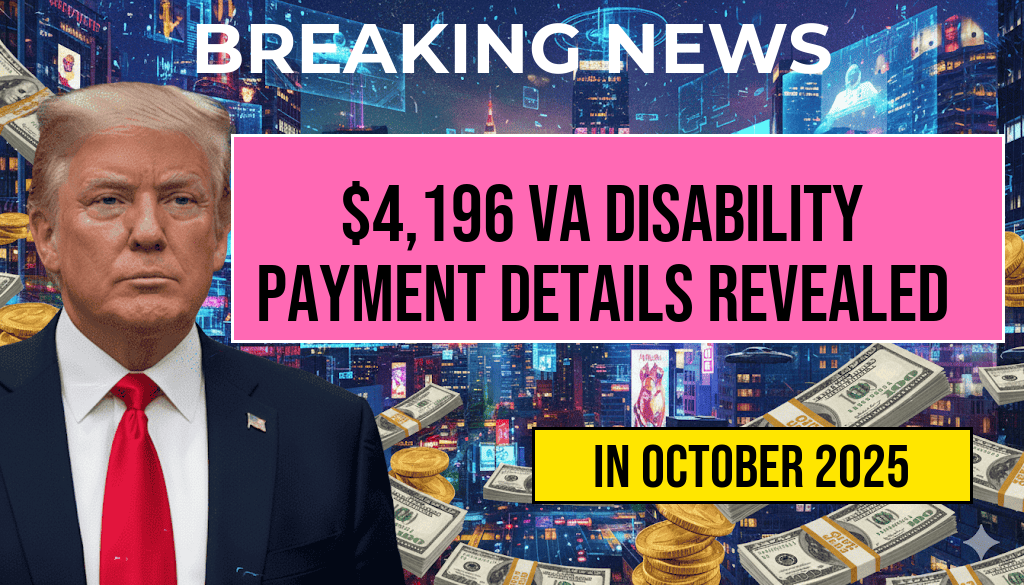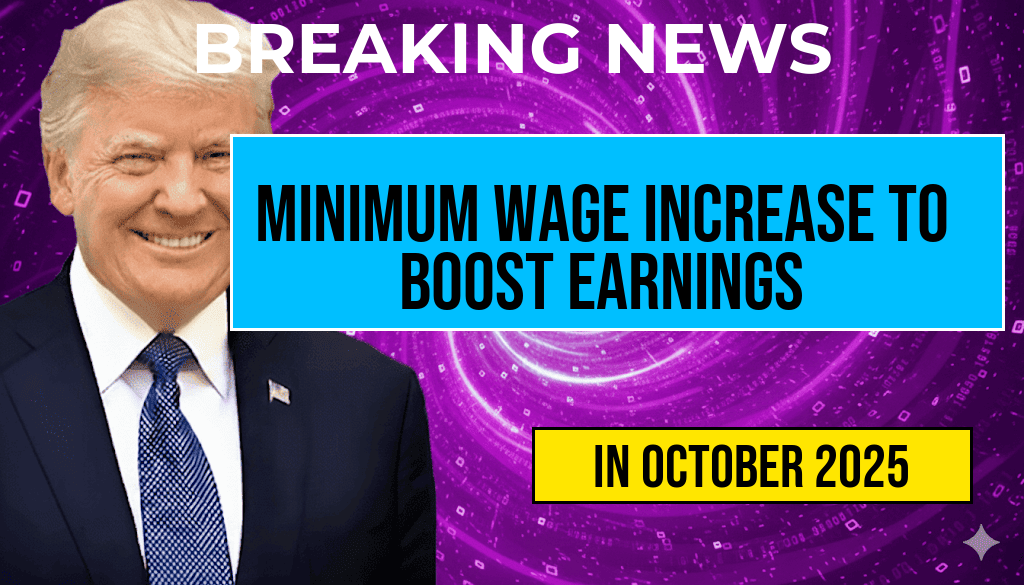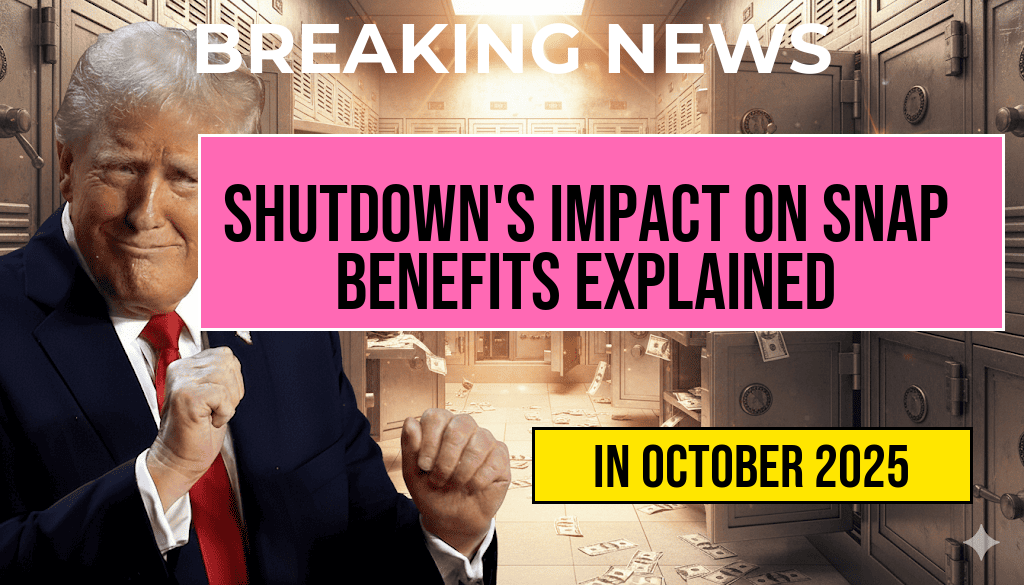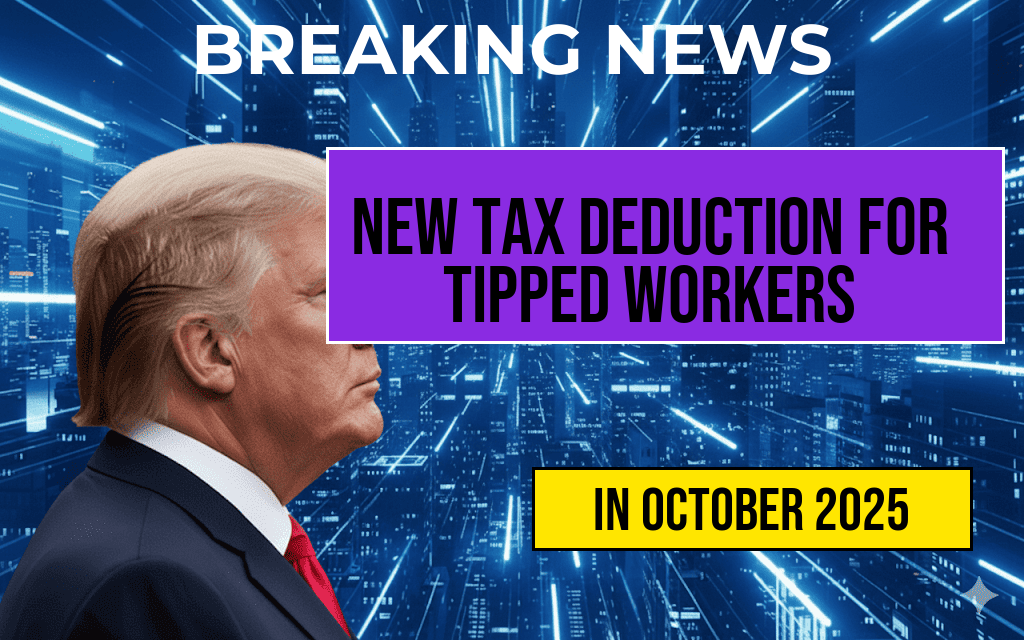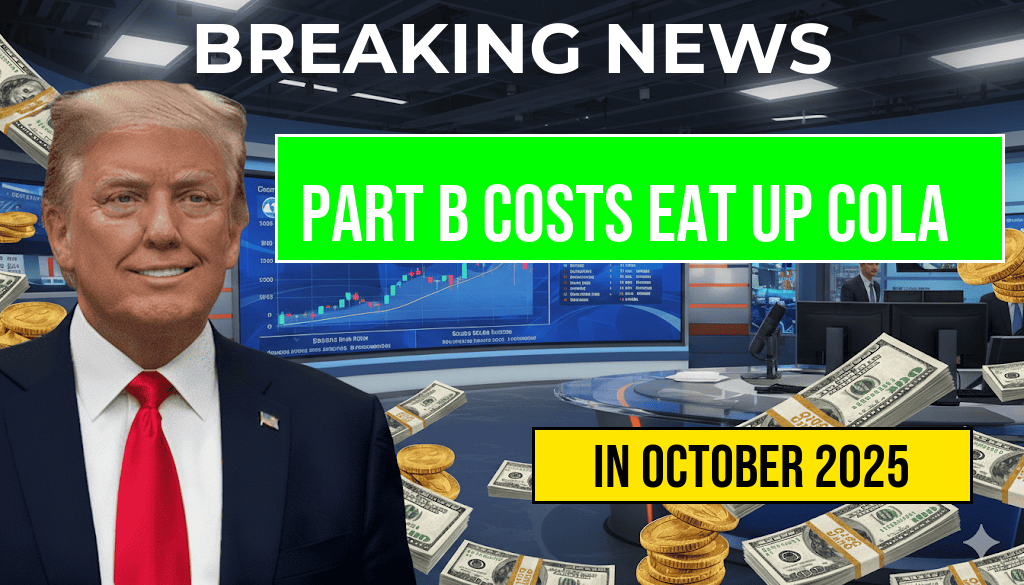As the United States government faces a potential shutdown due to budgetary disagreements among lawmakers, millions of Americans are left wondering about the future of essential programs such as the Supplemental Nutrition Assistance Program (SNAP) and food stamps. A government shutdown could disrupt the distribution of benefits for those who rely on these programs for their daily sustenance. With the federal fiscal year ending, questions about how these vital services will be affected are at the forefront of public concern. This article delves into the implications of a shutdown on SNAP and food stamp benefits, detailing what recipients can expect if the government ceases operations.
Understanding SNAP and Food Stamps
SNAP, often referred to as food stamps, is a federal program designed to provide nutrition assistance to low-income individuals and families. The program is administered by the U.S. Department of Agriculture (USDA) and plays a crucial role in combating food insecurity across the nation. Eligibility for SNAP benefits is determined by household income, expenses, and family size. Recipients typically receive an Electronic Benefits Transfer (EBT) card that can be used to purchase food at participating retailers.
What Happens During a Government Shutdown?
A government shutdown occurs when Congress fails to pass legislation to fund federal operations. This scenario can have widespread consequences, including the potential disruption of various federal services. While SNAP is a federally funded program, its operation during a shutdown can vary based on the duration of the shutdown and the availability of funds.
Immediate Impact on SNAP Benefits
In the event of a government shutdown, the availability of SNAP benefits may be affected as follows:
- Funding Availability: SNAP is primarily funded through the federal budget. If a shutdown occurs, existing funds may allow the program to continue temporarily, but this is not guaranteed.
- Benefit Distribution: States may face delays in processing and distributing benefits. If a shutdown extends for an extended period, states might be unable to issue new benefits or process renewals.
- Emergency Allotments: Certain states have been providing additional emergency allotments to SNAP recipients during the COVID-19 pandemic. A shutdown could halt these additional benefits, impacting household food security.
State-Level Responses
Each state has its own protocols for handling SNAP benefits during a government shutdown. Some states may have contingency plans in place to ensure continued service, while others may struggle to adapt to sudden changes in funding. For example, state agencies may prioritize benefit distribution or offer temporary assistance programs to mitigate the impact of the shutdown.
Long-Term Consequences of a Shutdown
Should a government shutdown persist, the long-term implications for SNAP and food stamp benefits could be severe:
- Increased Food Insecurity: A sustained disruption in benefits may lead to higher rates of food insecurity among vulnerable populations, exacerbating health and economic disparities.
- Administrative Backlogs: A prolonged shutdown may create backlogs in applications and renewals, leaving many without timely access to necessary resources.
- Potential Legislative Changes: Following a shutdown, Congress may reconsider funding levels and structural changes to SNAP, which could lead to future reforms impacting eligibility and benefit amounts.
What Recipients Can Do
For SNAP recipients and those relying on food stamps, staying informed is critical. Here are some steps to consider:
- Stay Updated: Monitor announcements from state SNAP offices and the USDA for the latest information regarding benefits during a shutdown.
- Prepare for Delays: If a shutdown occurs, plan for potential delays in benefits and explore local food banks and community resources that may offer interim assistance.
- Advocate for Support: Engage with local representatives to express concerns about the impact of a shutdown on food assistance programs.
Resources for Further Information
For more information on SNAP benefits and related resources, individuals can visit:
- USDA SNAP Overview
- Center on Budget and Policy Priorities – SNAP and COVID-19
- Wikipedia – Supplemental Nutrition Assistance Program
As the political landscape continues to evolve, understanding the potential effects of a government shutdown on SNAP and food stamps remains crucial for millions of Americans who depend on these essential services for their nutritional needs.
Frequently Asked Questions
What happens to SNAP benefits during a government shutdown?
During a government shutdown, SNAP benefits may continue to be funded for a limited time, but future payments could be delayed if the shutdown persists. It is essential for beneficiaries to stay informed about any updates from their local agencies.
Will new applications for food stamps be processed during a shutdown?
New applications for food stamps may experience delays during a government shutdown, as staffing and resources at local agencies may be limited. It is advisable to apply as soon as possible to avoid interruptions.
How will a government shutdown affect food assistance programs?
A government shutdown can impact various food assistance programs by delaying funding and processing times, which may affect both current beneficiaries and new applicants. Programs reliant on federal funding may be particularly vulnerable.
Are there any contingency plans for SNAP during a government shutdown?
Typically, there are contingency plans in place to ensure that SNAP benefits remain available for a certain period. However, if the shutdown lasts longer than expected, it may lead to reductions or delays in benefits.
How can individuals stay updated on their SNAP benefits during a shutdown?
Individuals can stay updated on their SNAP benefits by checking their state’s official government website and social media channels, as well as contacting local agencies for the most accurate and timely information.

